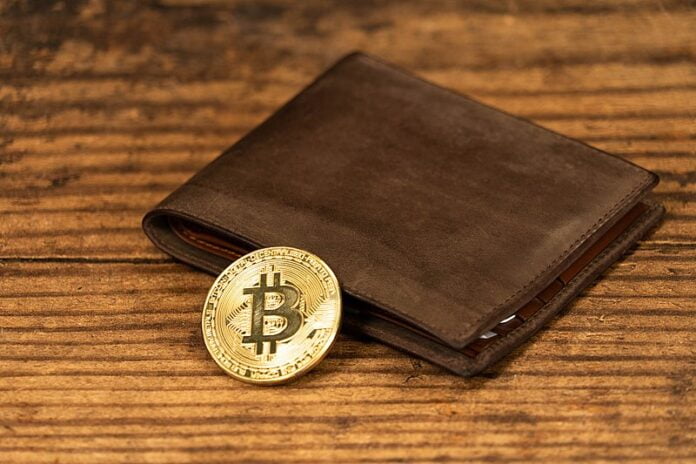The crypto wallet can be described as a gadget or software that can interact directly with the Bitcoin blockchain. While it is typical to think of them as storing crypto assets the same way in your crypto wallet, a Bitcoin wallet is an electronic control system for an address on the blockchain. Every Bitcoin or crypto wallet has a set of secret numbers, also known as private keys, that correspond to the account’s blockchain address record. To know more about crypto wallets click here and there’s more in terms of bitcoin assets.
These keys authenticate Bitcoin transactions, allowing the person to control the bitcoins stored in the address. Suppose an attacker can steal the private keys and transfer the Bitcoins stored in the address into their wallet. In this post, we will tell you about the types of wallets that you can use in crypto.
Hardware Wallets
The final type of wallet is the hardware wallet, with these devices being considered the best option for long-term crypto storage. As their name suggests, a hardware wallet will store your private keys on an external device (usually a USB) that you can easily store anywhere.
These wallets are extremely secure as private keys are never exposed to your computer, and the device requires physical authentication to access your funds.
Hardware wallets are also very easy to use, with many supporting additional security measures such as 2FA via a mobile application and biometrics via fingerprint scanning. Backing up and restoring funds from a hardware wallet is also very straightforward.
Desktop Wallets
Desktop wallets are software that allows you to store your crypto on your desktop computer. They require you to download the wallet from your cryptocurrency’s website. After that, it will need to sync with the blockchain before you can use it. Experts recommend creating a separate wallet for each cryptocurrency you plan on using.
Mobile Wallets
The mobile wallet can be described as a virtual wallet that keeps details about a credit card on a mobile device. Mobile wallets provide an efficient method for users to pay in-store and are available for purchases at stores listed by the service provider for mobile wallets.
Online Wallets
Online wallets are the most convenient and can be accessed anytime, anywhere. You can access them on your smartphone and other smart devices. You can easily manage your funds through the apps provided by these wallets. These are a great option for beginners, as they do not come with any extra fees or charges and have limited security features. The best part is that you don’t have to worry about losing your wallet as it’s stored in the cloud. However, this convenience comes with some disadvantages like:
- Online wallets can be hacked if they don’t have strong security measures.
- They are not as secure as offline wallets due to their nature of being online.
Paper Wallets
A paper wallet is a private key written down on paper. After creating the wallet, you will be able to print out its QR code and private key. The most secure way to create a paper wallet is by using an offline-enabled browser, meaning that you used no internet connection while generating it. You can use Tails or Whonix systems or even disconnect your Wi-Fi Ethernet cable whenever you are using your internet browser to access the site.
The most common way of creating the key is by writing it down on a piece of paper but using any other data storing method such as opening it up in a text file with no internet connection on any device would also do the trick. Ensure that your device never connects to the internet after opening that page and then store the file securely afterward.
Final Words
Before printing out your wallet, delete all information about the software you have from your web browser’s cache and cookies so other people don’t get their hands on it if they somehow find out that you used software to create them. It should not happen if you store them properly.
Also, remember to turn off your printer before throwing away its printed pages, so no one finds them after they are thrown away. You can take its USB cable out since printers aren’t powered off when their power button is pressed unless connected through an outlet.





